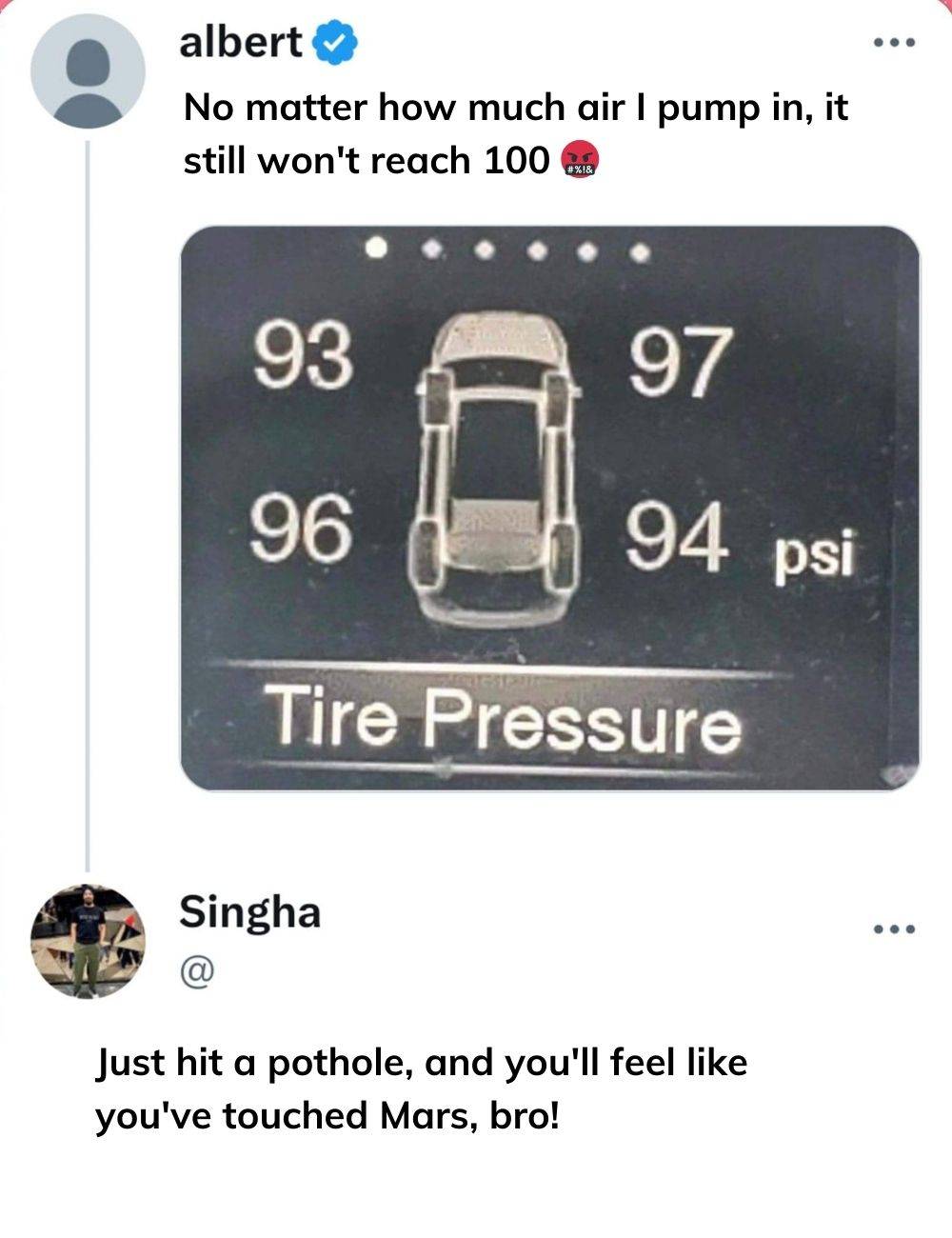
1. Check the Manufacturer’s RecommendationThe ideal tire pressure for your vehicle is usually listed in the owner’s manual or on a sticker located on the driver’s side door frame. It is typically measured in PSI (pounds per square inch). For most passenger cars, this ranges from 30 to 35 PSI, but larger vehicles may require higher pressures.
2. Understand the Risks of Overinflation and Underinflation Overinflation: Too much air in your tires can reduce traction, make your ride less comfortable, and increase the risk of a blowout. Underinflation: On the other hand, low pressure can lead to uneven tire wear, higher fuel consumption, and overheating, which might cause a tire to fail. 3. Consider External FactorsTire pressure can fluctuate with temperature changes. On cold days, the air inside the tires contracts, reducing pressure. Conversely, hot weather can cause the pressure to increase. Check your tire pressure regularly, especially when the seasons change.
4. How to Measure and Adjust PressureUse a reliable tire pressure gauge to measure the pressure when the tires are cold (before driving). If the pressure is too low, inflate the tires to the recommended level. If it’s too high, release some air.
5. Don’t Forget the Spare TireMany people overlook the spare tire, but it also needs to be properly inflated to be effective in an emergency.
Final Tip:Check your tire pressure at least once a month and before long trips. Proper maintenance will keep you safe and save you money in the long run!



